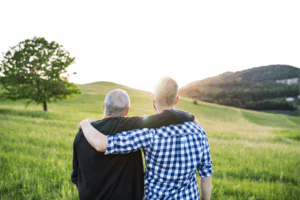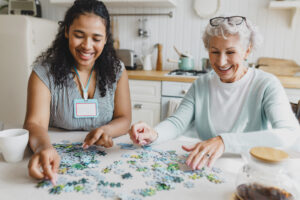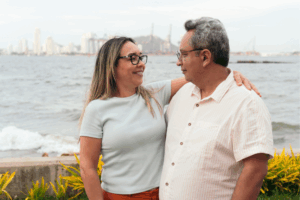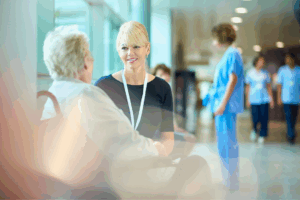When we think about a person being physically abused, our minds often run to victims of domestic violence, including women and children. But the sad truth is older adults are also at risk—and make no mistake, this type of abuse is a crime. And such a crime can go unnoticed and not rectified for a number of reasons. Sometimes victims may feel ashamed of what’s happening to them, since abusers often trick individuals into thinking the abuse is their fault. Others are afraid of what the abuser may do if they tell someone else what’s going on. Still others have cognitive or speech impairments and are unable to explain how and why they are suffering.
In all these situations, abuse can continue if a victim’s loved ones don’t intervene. Many may not recognize that abuse is taking place or are unsure what to do if it is taking place. If this situation seems familiar to you, there is some crucial information on elderly physical abuse prevention you should know.
The Signs of Abuse
Today’s post focuses solely on physical abuse in a home environment as opposed to a facility (although, sadly, abuse can take place in either setting). There are also additional types of abuse including mental, emotional[1. “Psychological Abuse,” https://www.preventelderabuse.org/elderabuse/psychological.html], financial, and sexual. However, these topics, along with the subject of neglect of older adults, are beyond the scope of this article.
Symptoms of physical abuse include the following:
- Unexplained injuries, including bruises, cuts, scratches, and burns
- Broken and dislocated bones; sprains
- Signs of being overmedicated, especially with prescriptions that have a sedating effect
- Broken medical equipment, including wheelchairs, walkers, oxygen machines, eyeglasses, and similar items
- Frequent infections, illnesses, or visits to the hospital that cannot be explained solely by the victim’s medical condition
- Signs of being restrained, such as red marks on wrists or ankles, or sores from sitting or being bedridden
Pay attention to how your loved one reacts to the potential abuser. In addition to the more obvious signs above, the victim may also give nonverbal signals—whether in the presence of the abuser or not. They may appear tearful, anxious, frightened, or even combative. If they’re removed from the abuser for a length of time (say, a short day trip), they may begin giving these signals on the way home or when the abuser’s name is mentioned.
Act Immediately if You Suspect Abuse
If you suspect that your loved one is being abused, the first thing to do is separate them from the potential abuser. This may involve telling your caregiver that his or her services are no longer required for the time being or finding a safe place for your loved one to stay. In certain situations, this may mean calling 911 or the police for immediate assistance. Once any crisis situation has passed, contact the Adult Protective Services (APS)[2. “National Adult Protective Services Association,” https://www.napsa-now.org/] agency in your state. You can speak with someone right away by calling 1-800-677-1116.
In the meantime, have your loved one medically (and possibly psychiatrically) examined. You want to make sure there is no long-term physical injury from the abuse, and if there is it must be addressed right away. Talking to a mental health professional (if the victim is able) is also important, as physical abuse can leave emotional scars that last after the initial wounds have healed.
Elderly Physical Abuse Prevention Starts at Home
You don’t have to wait until a loved one is victimized to begin elderly physical abuse prevention. You can start now by hiring staff from a quality home health agency. Doing so may render abuse less likely to occur, as the best agencies have a rigorous screening process. The process usually involves background checks on all employees. Agencies also tend to hire more experienced employees, unlike informal caregivers, who may not be suited in either temperament or skill set when it comes to caring for older adults. Consider hiring a professional caregiver today and help protect the special older adult in your life.
If you are unsure of how to best help an aging loved one, the trained and compassionate staff at the Institute on Aging is here to help you make that decision and gain the best in at-home care for older adults. Contact us to find out more.







